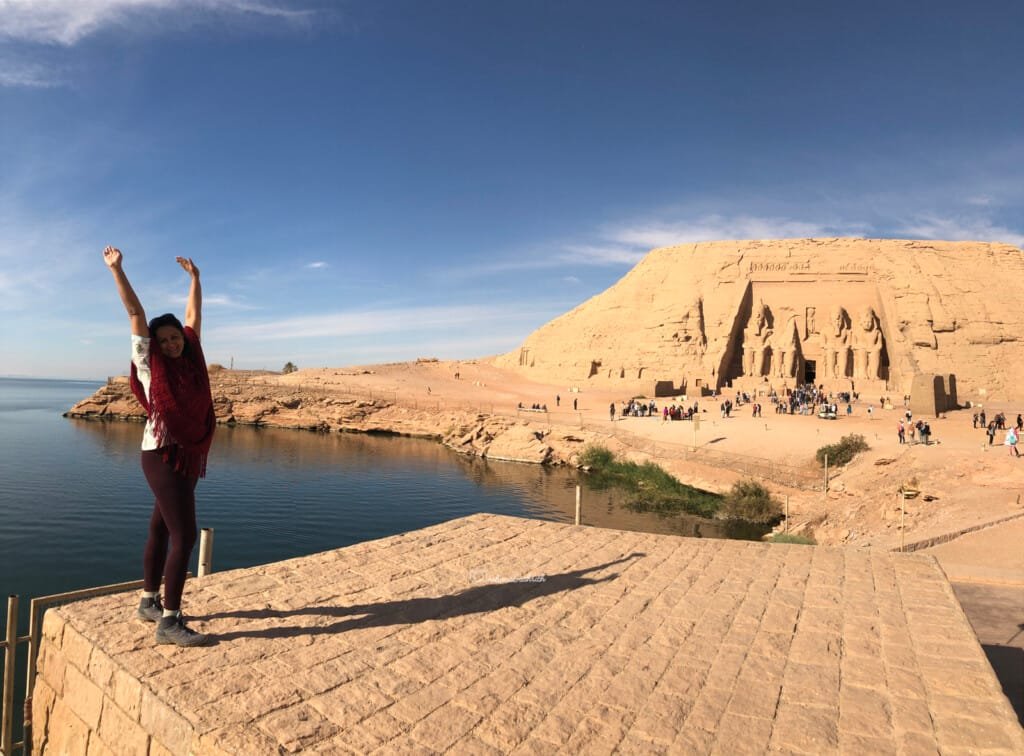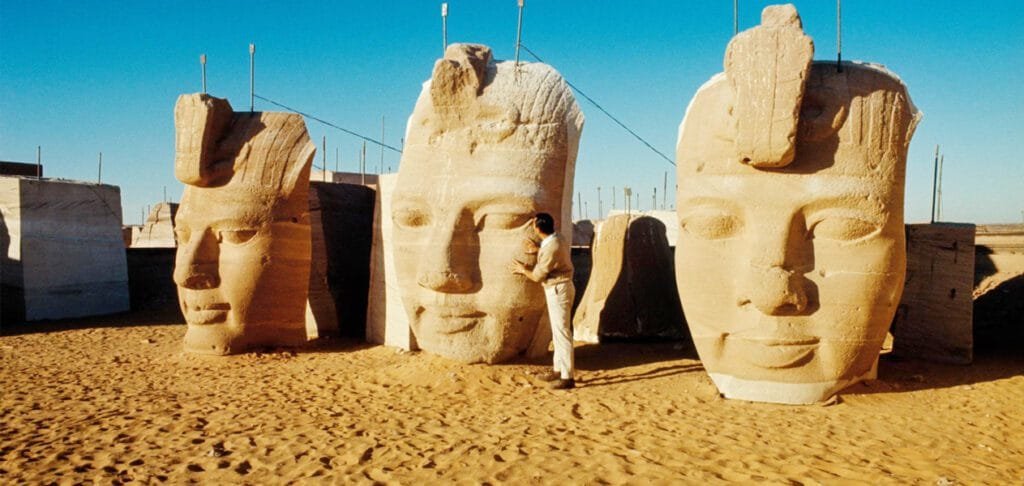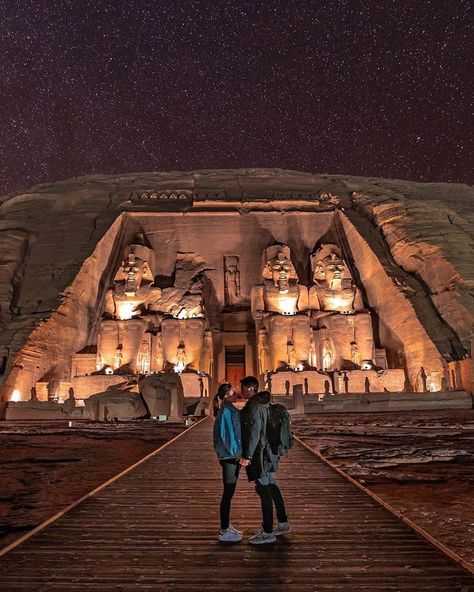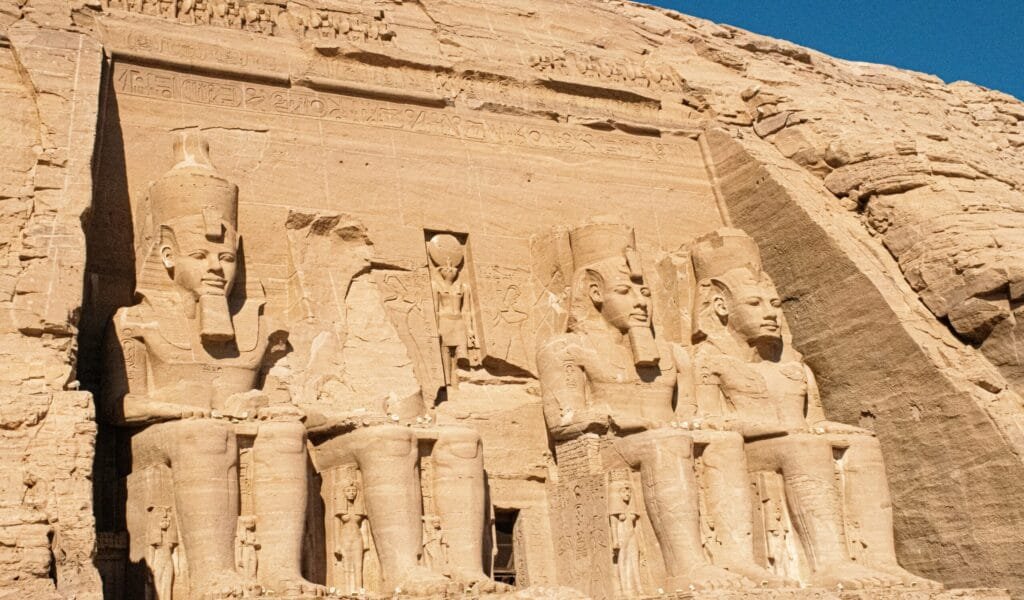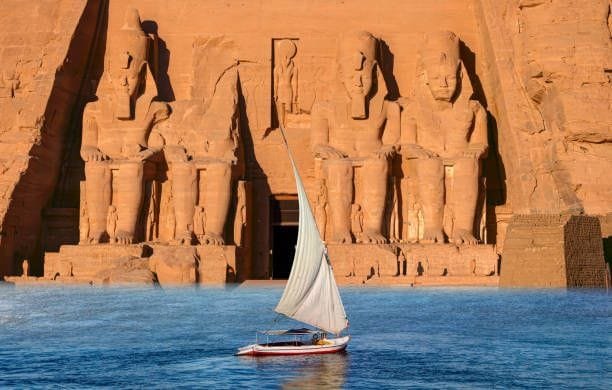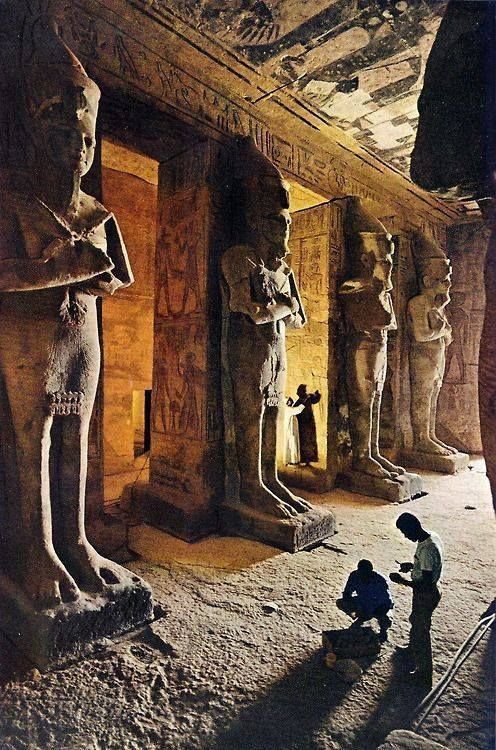Nestled in the heart of southern Egypt, the Abu Simbel Temples stand as one of the most iconic and awe-inspiring monuments of ancient Egyptian civilization. Carved into the sandstone cliffs along the banks of Lake Nasser, these monumental temples were commissioned by Pharaoh Ramesses II in the 13th century BCE to immortalize his reign and divine power. The grandeur of the temples, particularly the imposing statues of Ramesses II that guard the entrance, reflects not only the might of the pharaoh but also the sophistication of ancient Egyptian engineering and artistry.
Abu Simbel is not merely an archaeological site; it is a symbol of Egypt’s ancient glory, an embodiment of the intricate relationship between the pharaohs, the gods, and the people. The temples were built with both religious and political significance in mind, showcasing Ramesses II’s military victories, divine association, and his desire to leave a lasting legacy for future generations.
What makes the Abu Simbel Temples even more remarkable is their incredible preservation and relocation in the 1960s. As the rising waters of the Nile threatened to submerge the site due to the construction of the Aswan High Dam, an international effort led by UNESCO undertook the monumental task of moving the temples to a safer location, ensuring that these ancient treasures would be protected for future generations. Today, the temples continue to draw visitors from all over the world, captivated by their historical significance, architectural marvel, and the spectacular alignment of the sun with the temple on certain days of the year.
This blog will delve into the history, architecture, cultural significance, and the fascinating relocation of the Abu Simbel Temples, offering a comprehensive look at one of Egypt’s greatest archaeological wonders.


